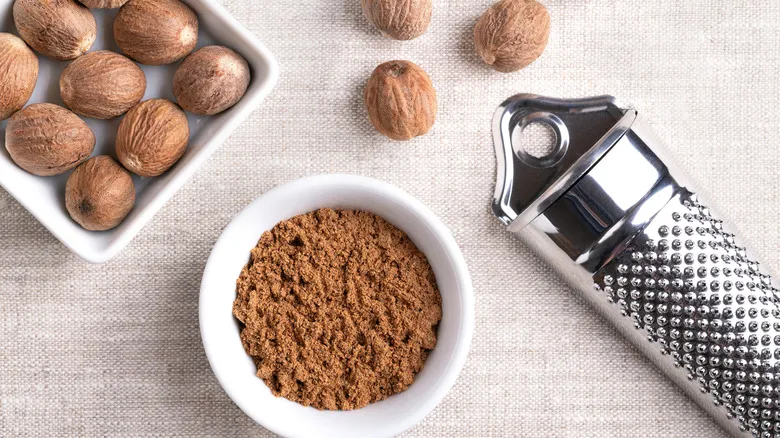Why is Pecorino Romano safe for those with lactose intolerance?

A favorite among cheese enthusiasts, Pecorino Romano is a key ingredient in Rome's four iconic pasta dishes: carbonara, amatriciana, cacio e pepe, and gricia. Surprisingly, it contains almost no lactose! This is a result of its extended aging process, which typically spans eight to twelve months. During this maturation, bacteria break down the lactose and convert it into lactic acid.
Fresh Pecorino Romano is a hidden gem for cheese lovers who are lactose intolerant. Cheeses aged for more than four months have virtually no lactose. So, if you're contemplating whether to generously sprinkle Pecorino on your next homemade pasta or enhance the flavor of your roasted vegetables and soups, don’t hesitate—go for it!
A staple for the Roman legionaire diet

Crafted from sheep's milk—evident in its name, which means "sheep's cheese of Rome"—Pecorino Romano was a fundamental part of the diet for the legionaries in ancient Rome. Its high salt content made it easy to preserve. To fulfill their daily caloric needs, soldiers were given a portion of Pecorino Romano alongside their bread and farro soup. The cheese is not only nutrient-rich but also easy to digest.
In 1996, Pecorino Romano received the Protected Designation of Origin (PDO) certification, leading to a significant portion of its production moving to Lazio, particularly in the province of Grosseto and Sardinia. Here, it is still produced using traditional recipes that date back to 227 BC. As one of Italy's oldest cheeses, it is among the country's leading exports.
Recommended

The Luxurious Difference Between Bisque And Soup

The Everything Guide To Cooking With Sage

A Food Scientist Explains What Really Happens When You Marinate Meat

Can Nutmeg Really Make You Hallucinate?
Next up

